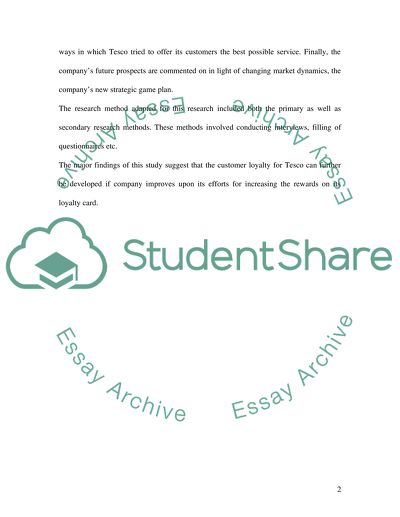Cite this document
(“CRM (Tesco) Statistics Project Example | Topics and Well Written Essays - 7000 words”, n.d.)
CRM (Tesco) Statistics Project Example | Topics and Well Written Essays - 7000 words. Retrieved from https://studentshare.org/miscellaneous/1499886-crm-tesco
CRM (Tesco) Statistics Project Example | Topics and Well Written Essays - 7000 words. Retrieved from https://studentshare.org/miscellaneous/1499886-crm-tesco
(CRM (Tesco) Statistics Project Example | Topics and Well Written Essays - 7000 Words)
CRM (Tesco) Statistics Project Example | Topics and Well Written Essays - 7000 Words. https://studentshare.org/miscellaneous/1499886-crm-tesco.
CRM (Tesco) Statistics Project Example | Topics and Well Written Essays - 7000 Words. https://studentshare.org/miscellaneous/1499886-crm-tesco.
“CRM (Tesco) Statistics Project Example | Topics and Well Written Essays - 7000 Words”, n.d. https://studentshare.org/miscellaneous/1499886-crm-tesco.


